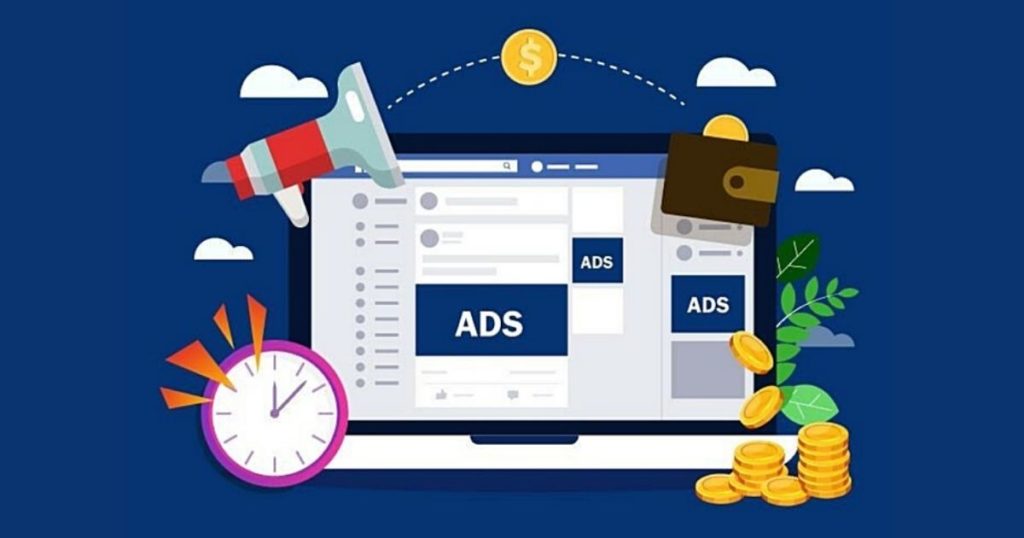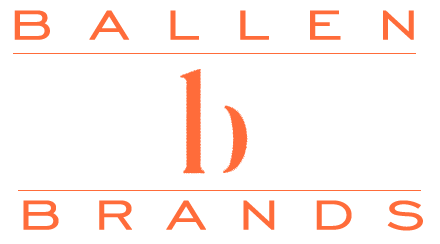There’s no disputing that Facebook Ads are one of the most lucrative forms of advertising available today. There are 2.79 billion Facebook users worldwide, and two-thirds of those users visit a local business page weekly.
If you’re not sure how to play the Facebook Ads game, you could lose your investment with no returns. However, once you understand the system, you can save money on Facebook Ads and earn a healthy ROI. Here are 13 ways to save money on Facebook Ads.

Know Your Ad Goals and Objectives
Your broad goal for your Facebook Ads is to grow your business. You want to earn more money. But for your ads to be effective, you’ve got to drill down to the fine details.
Knowing precisely what you want your ad to accomplish is the first step in saving money on Facebook Ads. Having a clear goal is the only way to know if your ad is successful. Facebook Ads are structured around your ad’s goal, which is also referred to within the network as an ad objective.

Facebook has many categories for ad objectives, including:
- Build an audience and nurture relationships online
- Sell more products
- Remind viewers what attracted them to your brand
- Build your sales funnel
- Attract return visitors
- Reach more people near your location
- Get more subscribers
There are other broad objectives for ads on Facebook, but for your own benefit, get detailed. How many products are you trying to sell? What’s your financial goal? How many subscribers are you trying to attract? How much website traffic are you trying to generate?
If you don’t know what your ad is meant to do for you, you’re almost guaranteed to lose money because you’re taking a long shot in the dark.
Demographic Targeting
You may think that you want to cast a wide net, to show your ad to as many people as possible. But that’s not the best strategy and could have you spending way more than you need to on your Facebook Ads. You need to apply demographic targeting to your strategy.
The best place to start is to create a customer persona – a snapshot of your ideal customer or client. How old are they? What is their gender? What are their hobbies? What’s their average income? By understanding who your customer is, you’re then able to use and design Facebook Ads to demographically target people who match your customer persona.
For example, if you’re a real estate agent or Realtor® aiming to sell homes in Las Vegas, Nevada, it wouldn’t do you much good to market to people on the other side of the globe — unless, of course, you’re an international agent.
Instead, you’d narrow down the field and show ads to people within your service area or who are probably looking for homes in your communities.
You can get laser-focused and target people by age, gender, interests, occupation, income, education, and more, so you’re only showing your ads to those people who are most likely to become your customers.
Know How Facebook Charges for Ads
Another step to saving money on Facebook Ads is understanding how Facebook charges for advertising on their platform.
The first thing to note is the difference between a cost-per-click (CPC) and an impression. As it sounds, a cost-per-click means that you pay a fee each time a viewer clicks on your ad, even if they’re just window shopping or have no intent to purchase.
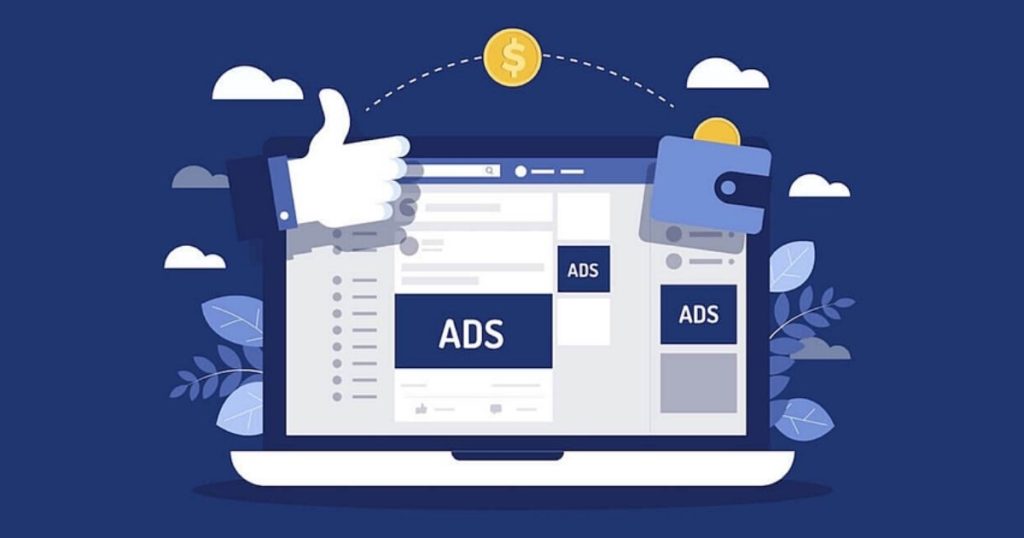
An impression means you pay a fee every time your ad appears on Facebook, regardless of whether anyone clicks.
On average, with Facebook Ads, you’ll pay around $5.30 for 1,000 impressions, or about $0.43 per click.
The cost of your CPC ad is based, in part, on an auction. The auction considers the price you bid but also takes into account your relevance score. Often, the relevance score beats out the highest bid because Facebook, wanting to provide the best user experience, deems it higher quality and more valuable.
You set the total amount you’re willing to pay per click, as well as your daily/weekly/monthly budget caps.
Your Relevance Score
Your relevance score is determined by numerous factors processed by Facebook’s algorithm. The network is primarily measuring viewers’ interest in you, your brand, and your product.

Your ad is also measured to see how it performs amongst other ads, your past posts’ performance, the type of posts, such as an image, link, video, or status, and how recently your ad was posted.
To save money on your Facebook ads, make sure to focus on the relevance, timeliness, and quality of your ad.
Set Up Facebook Pixel
Facebook Pixel is a small amount of code that you install into the header of your website. This code then gathers information about the user’s activity, such as where your traffic is coming from, the devices people are using, the number of page views, purchases, and more.
Facebook Re-targeting
Retargeting means that you only show your ad to people who have previously visited your website. When you retarget that audience with Facebook Ads, you’re obtaining a connection with their FB page to show your ad specifically to them.
People often get distracted while online shopping, which could cause them to abandon a shopping cart or mark an item as a favorite and then forget to go back to it.
With retargeting, you’re able to remind that viewer of their activity, encouraging them to return and take action. But to do that, you need to install Facebook Pixel.
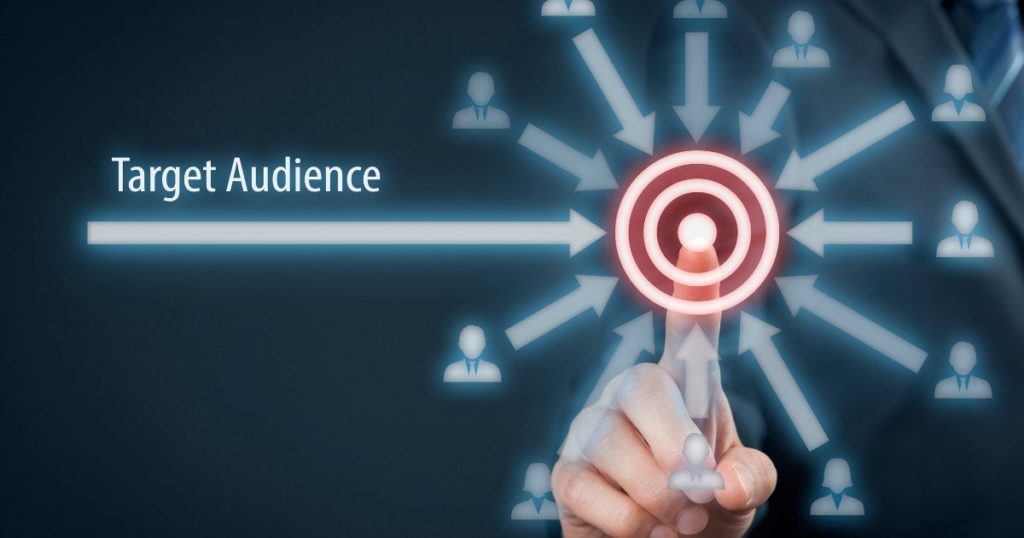
The Design of Your Facebook Ad
Aside from demographic targeting, your Facebook Ads’ design determines whether your ad is successful or if it proves to be a waste of your money, so think through your design carefully.
Use your body text creatively. For example, include a call to action in the main text of your ad, such as, “Call now to schedule a private tour.”
Think about how you can communicate with your viewers logically and emotionally, demonstrating how your product or service can be a solution to their problem or that it will make their life better in some way.
For example, a real estate agent might use the text of an ad to say,
√ Learn to price your house for sale
√ Find out tips for staging your home
√ Discover ways to market your property
√ Get advice on preparing for inspections and appraisals
√ Learn about offers and negotiations
And then, the agent could include the call to action, “Call now for a free consultation.”
He or she could then place text on the ad image that reads, “Get the Most Money from Your House for Sale.”
The images or videos you select are also of great importance because viewers have to connect with the visual. For example, more often than not, people will click on an image with a person in it versus a mascot or a logo. The people in the image or video have to reflect your customer persona so they can relate to the picture.
Choose colors wisely, too, establishing contrast and avoiding a cluttered image.
Ad Placement
The placement of your ad is also critical. You’re not confined to posting a standard ad in the newsfeed. In fact, you can choose to have the ad on the right-hand column, in messenger, on Instagram, in your Audience Network, the mobile newsfeed, and more.
One of the reasons it’s important to think about ad placement is that the dimensions for the ad may not be the same across the board. Some ad formats will cut off a good portion of your ad text or image. It’s a good practice to use your most influential text in the first three sentences of your ad’s text.
By default, Facebook sets ad placement on automatic. To change this, use the Ads Manager, choose an objective, and then scroll to the section called Placements. Deselect automatic and choose manual instead.
Day of the Week and the Time of Day and Seasonal Influences
By using Facebook Insights, you’ll be able to determine what days of the week and what times of day users are most active with your content.
This information is invaluable because it lets you know when you can invoke the most activity from users. For example, if you get most of your viewers on Wednesdays and Fridays between one and three p.m., that’s the most lucrative time to run your ad. On that same token, you may be able to lessen your ads’ costs by running them at less popular times.
Historically, Facebook is most active on Wednesdays at 1:00 p.m., but that’s also one of the most competitive times, so prices could escalate.
The seasons will also significantly impact the cost of your ad. With supply and demand come price increases, and the holiday season is the most competitive as people shop for gifts online. The more businesses there are competing for your audience’s attention, the higher the ads’ cost.
Applying Rules to Your Facebook Ad Campaign
Automated rules applied to your Facebook Ads campaign can help you save both time and money. Here’s how it works.
You determine what criteria triggers the rule. You then state what action that rule takes on the ad. For example, when you have a low-performing ad, do you pause it when it hits a particular metric? If you have success with a certain number of people engaging with your ad, do you increase your budget? If your total daily spend is below a pre-determined amount, do you increase your bid?
Think of ways to save money by applying rules to your Facebook Ads.

The Importance of Your Landing Page
Your landing page is another element that lends itself to your ad’s success, making your Facebook Ads more cost-effective. When a viewer clicks your ad and is taken to a landing page, that page has to match what was offered in the ad. The page has to be well-designed and deliver what the ad promised.
If Facebook determines that your landing page does not match the expectation set forth in your ad, you’ll lose relevance.
Tracking
Tracking your ad results is vital so that you can determine which ads are most effective (so you can emulate that in the future, too), which are underperforming and should be pulled, or which are teetering and can probably just use some adjustments.
By tracking your ad results, you can also gain insights, such as what days and times your ad gets the most traction, and you’ll be able to determine whether or not your ad met its goals.
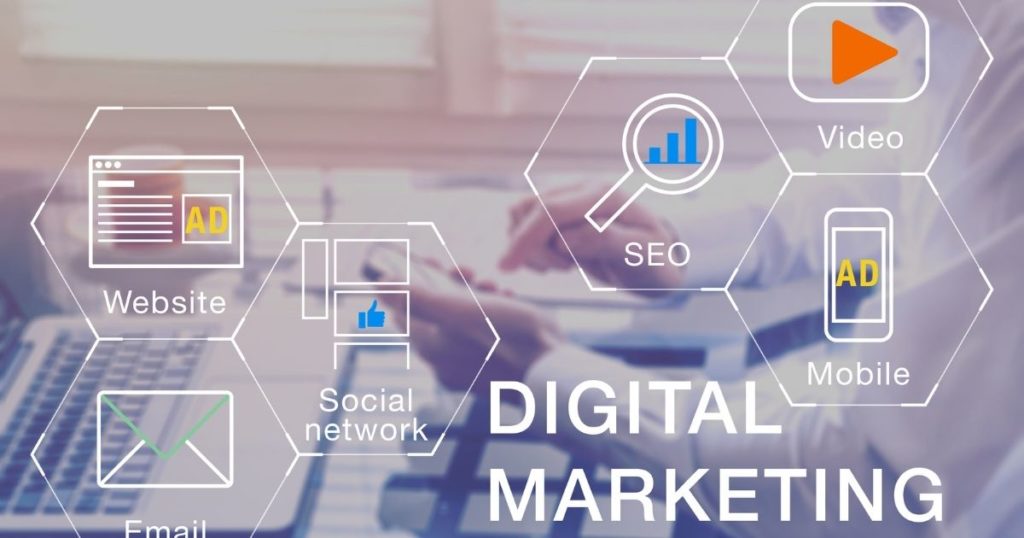
Some of the items you’ll track are:
- User Engagement: How many people interacted with your ad by clicking, commenting, or sharing?
- Reach: How many people saw your ad?
- Click-through-rate: The number of clicks your ad gets compared to the number of impressions.
Split Testing
Split testing is another way you can learn to save money on Facebook Ads. You can run two ads that are nearly identical in every way, but one element is changed.
For example, if you ran side-by-side ads and only changed the image, or maybe you change the body text, or the tagline, you’ll know which elements of the ads are successful. By running tests on both ads, you’ll know which is more favorable to your viewers. You’ll then know better how to create your next campaign.
The Bottom Line
Facebook Ads can be astronomically expensive if you’re unsure how to create an effective ad and show it to the right audience. However, there are lots of ways you can save money on Facebook Ads by doing a bit of research in advance.
Understand, though, that creating a quality ad that produces an excellent ROI, isn’t a quick process that you zip through. There are tools and strategies you can use to make running ads on Facebook more cost-effective.
If you don’t have time or find yourself intimidated by the process, consider reaching out to a professional social media marketer or digital marketing company who can do the heavy lifting for you.
